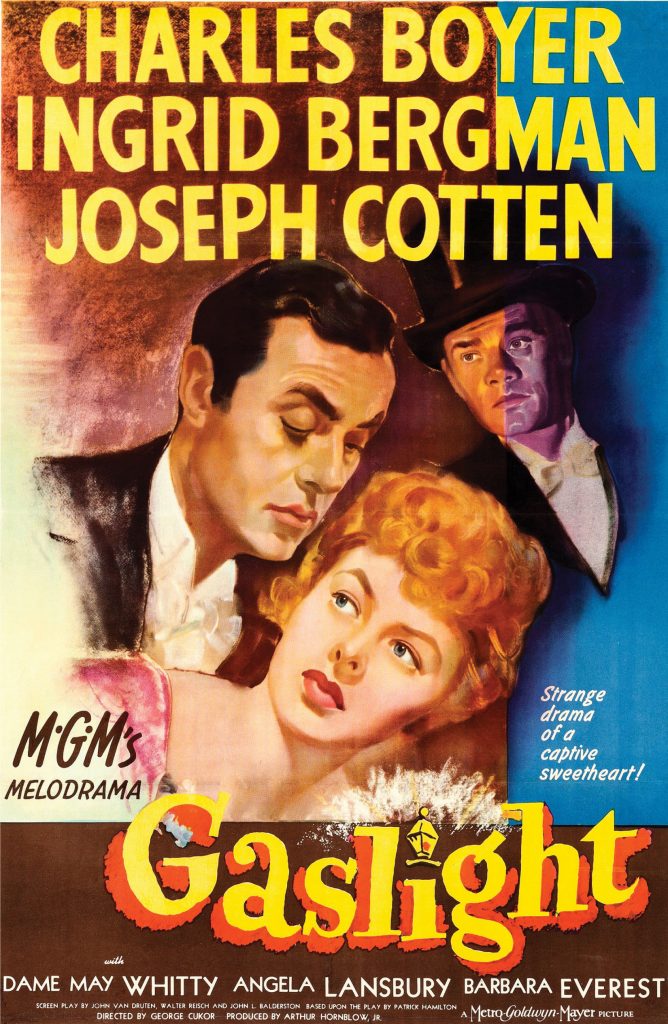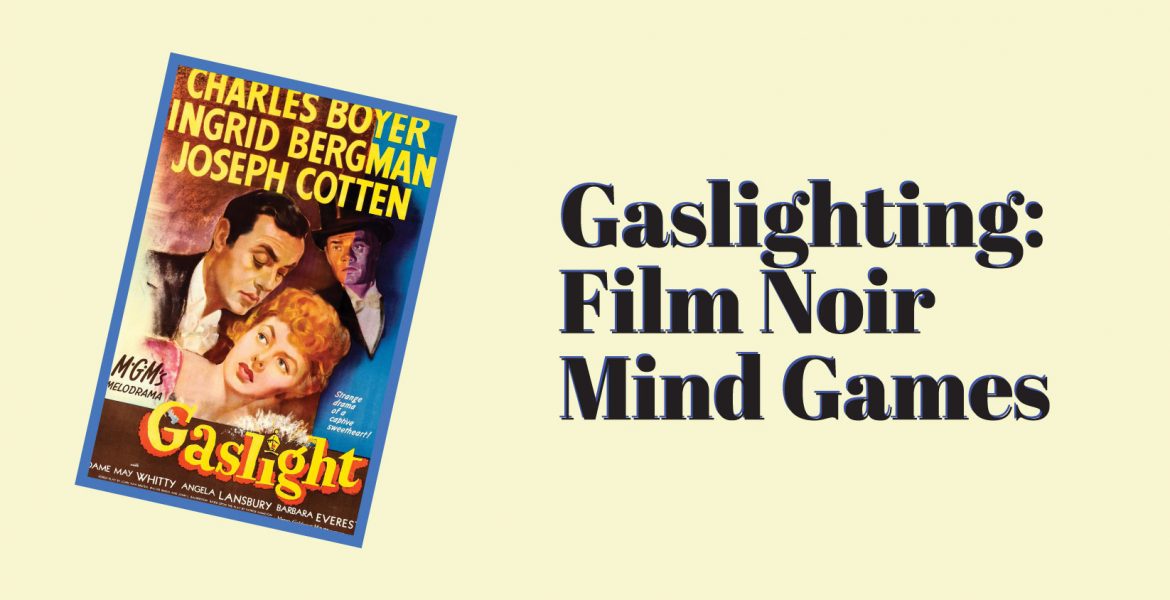Browsing through channels, with a host of at least 250 different choices, there hardly ever is anything worthwhile to watch. I just happened to stumble over Steve Lai’s Social Behavior series on Channel Asia. The topic of the day being “Behavioral Science,” how the human mind can be manipulated to perceive things differently or better still (mis)interpret events seen. This is succinctly termed as, reconstructive memory.
It questions the reliability of eyewitness accounts, and the variables that lawyers and investigators have to take into account while analysing their statement before drawing definitive conclusions. For example, there were 1500 eyewitness accounts of Lincoln’s assassination (April 15, 1865), and shockingly enough, none of them were the same.
Rather more interesting, this entailed the mention “Gaslighting”, which psychologists define as a form of psychological manipulation: a type of social influence that aims to change the perception or behavior of others through underhanded, deceptive, or even abusive tactics. The term is based on George Cukor’s 1944 thriller, Gaslight, loosely based on a French literary folktale Bluebeard, about a wealthy aristocrat, known as Bluebeard, feared and shunned because of his ugly, bluebeard.
He marries a string of women, but no one knows what happens to his wives as they disappear mysteriously each time. It is later found out that he is actually a serial killer, who kills and buries his wives in his basement.
George Cukor’s Gaslight is about a young opera singer Paula (played by Ingrid Bergman), niece to the world-famous opera singer, Alice Alquist. However, her aunt is mysteriously murdered and the case remains unsolved. Ten years after the incident, Paula meets Gregory Anton and soon falls in love with him.
They soon marry and move into her aunt’s house, which she inherited and has been left untouched all these years. As the days go by Paula begins to become forgetful, loses things, she can’t remember accounts of mundane activities. She also hears footsteps coming from above her, in the sealed attic, and sees the gaslights dim and brighten for no apparent reason.
Gregory keeps suggesting that these are all figments of Paula’s imagination. This is an example how the human mind can be manipulated into believing things that didn’t actually take place. As Paula tries desperately to recall events, she tries to reconstruct her memories, and becomes more and more confused with the inconsistencies.
Gregory, the manipulator, does everything in his power to isolate his wife from other people. He allows her neither to go out nor to have visitors, implying that he is doing so for her own good, because her nerves have been acting up, causing her to become a kleptomaniac and to imagine things that are not real.
She begins to suffer from self-doubt, low self-esteem and severe depression. By advancing the interests of the manipulator, often at another’s expense, such methods could be considered exploitative, abusive, devious, and deceptive. Social influence is not necessarily negative.
 For example, doctors can try to persuade patients to change unhealthy habits. Social influence is generally perceived to be harmless when it respects the right of the influenced to accept or reject and is not unduly coercive. Depending on the context and motivations, social influence may constitute underhanded manipulation. Gregory’s sinister words, “You’re slowly and systematically going out of her mind”, rings loud throughout the film.
For example, doctors can try to persuade patients to change unhealthy habits. Social influence is generally perceived to be harmless when it respects the right of the influenced to accept or reject and is not unduly coercive. Depending on the context and motivations, social influence may constitute underhanded manipulation. Gregory’s sinister words, “You’re slowly and systematically going out of her mind”, rings loud throughout the film.
George Cukor in the tradition of the trend of the 1940s and 1950s film noir, presents a thriller soaked in paranoia. Gaslight is a period film noir that, like Hitchcock’s The Lodger and Hangover Square, is set in the Edwardian age. All of these films use their visual vocabulary and share the same premise and narrative structure: The life of a rich, sheltered woman is threatened by an older, deranged man, often her husband. In all of them, the house, usually a symbol of sheltered security in Hollywood movies, becomes a trap of terror.
The ones most representative of this would be Hitchcock’s, Laurence Olivier starrer, gothic tale of Rebecca (1940), based on Daphne du Maurier’s novel, and Robert Stevenson’s Jane Eyre (1943), based on Charlotte Bronte’s novel.
Film noir of this era is associated with a low-key black-and-white visual style that has roots in German Expressionist cinematography. A psychologically expressive approach to visual composition, or mise-en-scène. The first Expressionist films made up for a lack of lavish budgets by using set designs with wildly non-realistic, geometrically absurd sets, along with designs painted on walls and floors to represent lights, shadows, and objects.
The plots and stories of the Expressionist films often dealt with madness, insanity, betrayal, and other “intellectual” topics (as opposed to standard action-adventure and romantic films).
The term film noir, French for “black film”, first applied to Hollywood films by French critic Nino Frank in 1946, was unrecognized by most American film industry professionals of that era. Though film noir is often identified with a visual style, unconventional within a Hollywood context, that emphasises low-key lighting and unbalanced compositions, films commonly identified as noir evidence a variety of visual approaches, including ones that fit comfortably within the Hollywood mainstream.
Also reminiscent of its influence on theatre, such as Arthur Miller’s Death of a Salesman, which followed the German Expressionism suite in stage direction, with low-lighting and unprecedented use of visual effects on stage.
Gaslighting is no light matter, even in everyday life. It is a very common phenomenon, more than we would like to admit. Psychological abuse is often replete with gaslighting, resulting in paranoia and depression. It falls consummately in the category of psychological violence vis-à-vis domestic violence, the “shadow pandemic”
of 2020.
Anita Rahman (alias) teaches English at a public university.

